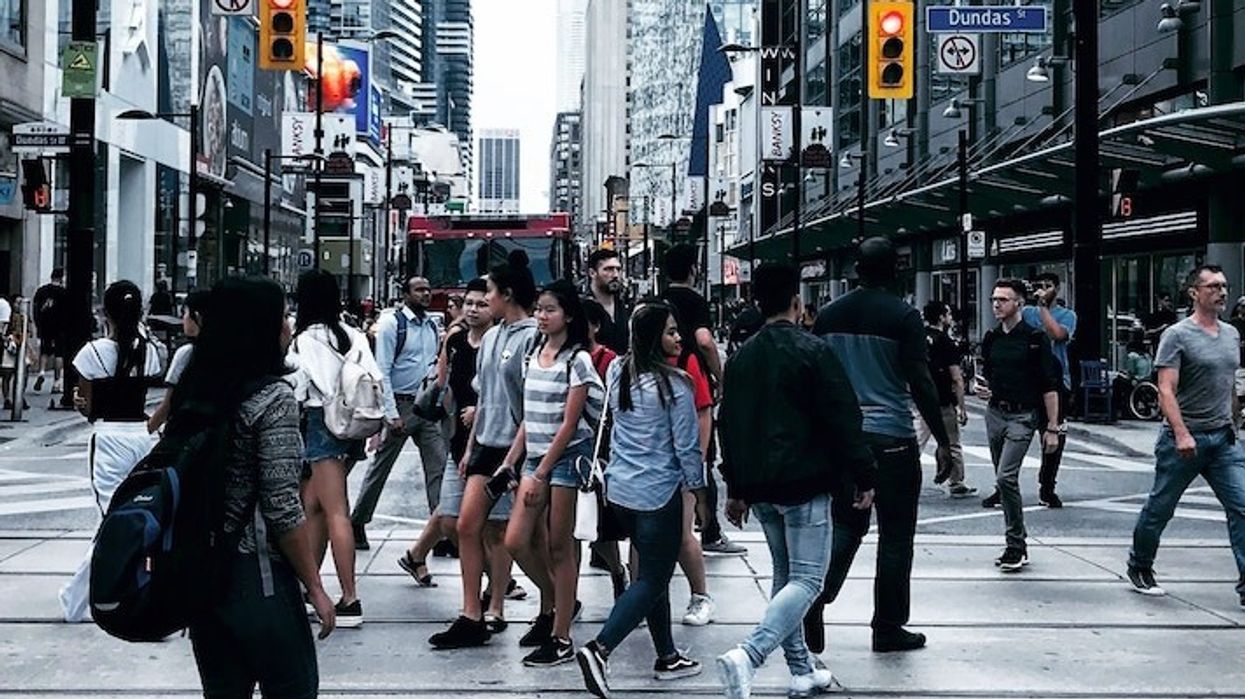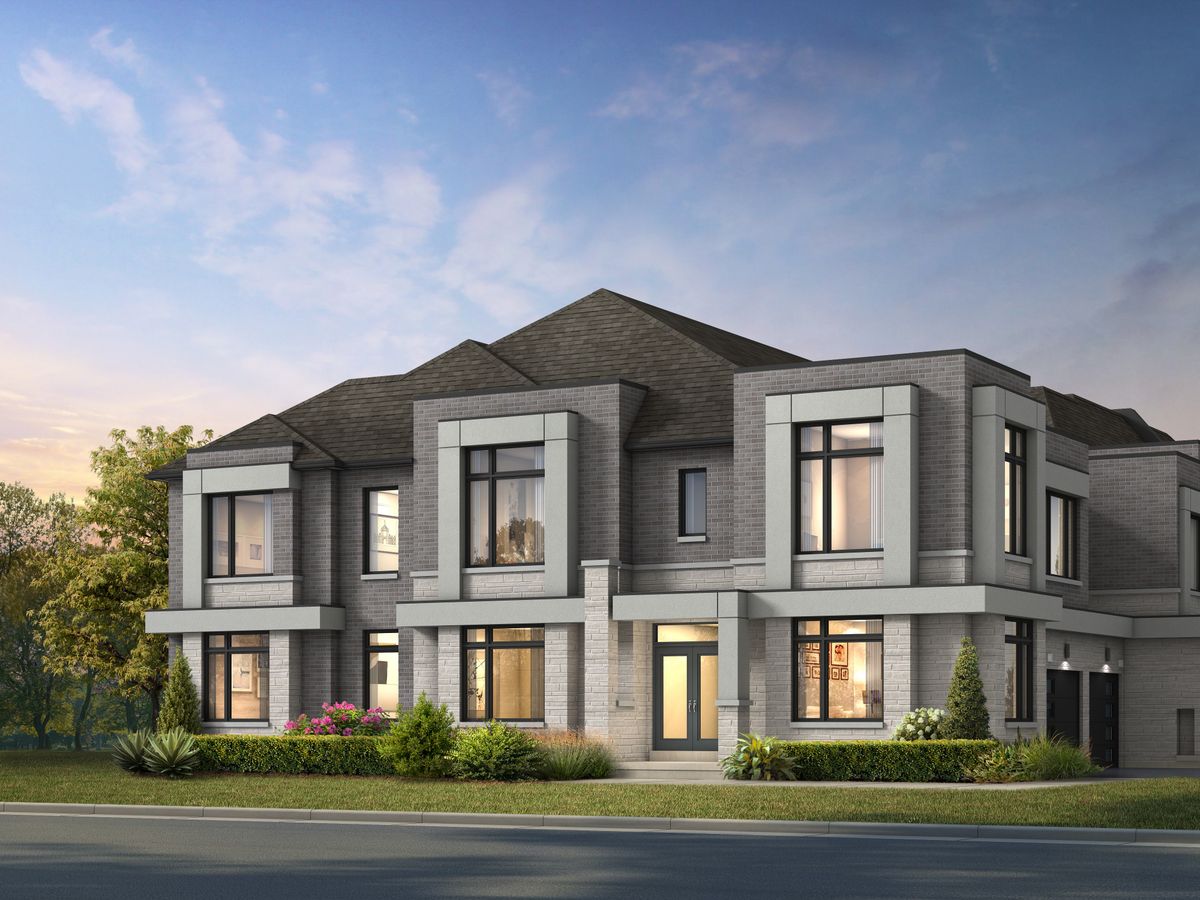If you've walked the downtown streets, ridden the subway, tried to snag the perfect spot in Trinity Bellwoods Park on a sunny afternoon, or simply just existed in Toronto, you know how crowded it can already feel.
And, as the years go by, Toronto and its surrounding areas are only going to get more densely populated, according to a report from the Ministry of Finance, which predicts the GTA's population will surpass 8.4 million by 2031 before ballooning to more than 10 million by 2046.
According to the report, which is titled Ontario Population Projects for 2018-2046, the GTA is projected to be the fastest-growing region in the province, with its population increasing by 3.4 million, or 49.6%, from 6.8 million in 2018 to over 10.2 million in 26 years, accounting for over 62% of Ontario’s net population growth in that time.
Moreover, the GTA's share of the provincial population is projected to rise from 47.8% in 2018 to 51.8% in 2046.
The report also says that while all regions in the province are expected to see a shift to an older age structure, the GTA is forecast to have the youngest age structure as a result of strong international migration and positive natural increase.

READ: Toronto’s Ever-Expanding Population Needs to be Housed
Within the GTA, Toronto’s population is projected to rise from 2.96 million in 2018 to 4.27 million in 2046, an increase of 44.5%, which the Ministry of Finance says is somewhat faster than the provincial growth rate.
Growth in the other census divisions of the GTA, including Durham, Halton, Peel, and York, overall is projected to be significantly faster than the Ontario average, with the addition of over 2.1 million people to the suburban GTA.
Peel is projected to see its population increase by over one million from 2018 to 2046, a 68.7% rise, marking the fastest growth among census divisions of the province.
READ: Toronto’s Rapid Population Growth Could Cause Housing Crisis: Expert
This population surge poses a number of potential risks, including potential housing shortages, particularly here in Toronto.
A study from Ryerson University’s Centre for Urban Research and Land Development found that the city is growing at such a rapid pace, that pretty soon housing supply won’t be able to keep up.
The report found that Toronto is the fastest-growing city in Canada and the US by a huge margin, and between July 2017 and July 2018, Ontario’s capital gained 77,00 new residents -- more than three times as many people as the second fastest-growing municipality, Phoenix, Arizona, and it’s more than the “combined gains of the three fastest-growing central cities in the United States” — Phoenix, San Antonio, Texas, and Fort Worth, Texas.
So what does this rapid population growth mean for the city? According to urban economist and study co-author Frank Clayton, it means Toronto is “risking a serious housing crisis.”
“We need more housing supply,” said Clayton, who added if housing supply doesn’t keep up with demand, he predicts more people will be “doubling up” or “tripling up” on housing and more homes will become multi-generational.





















